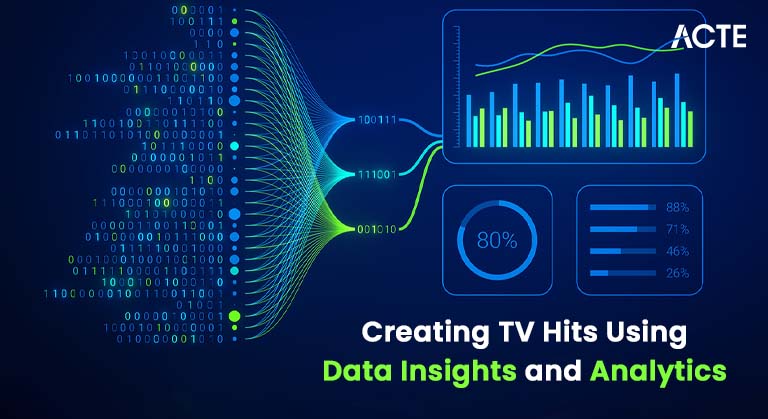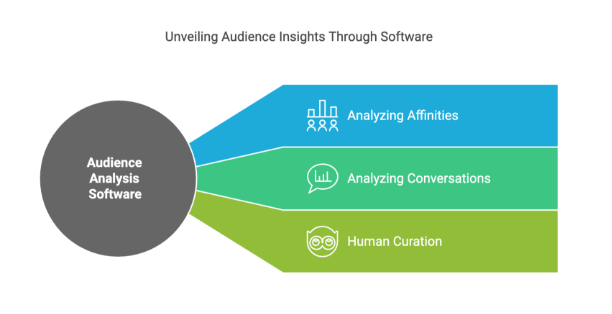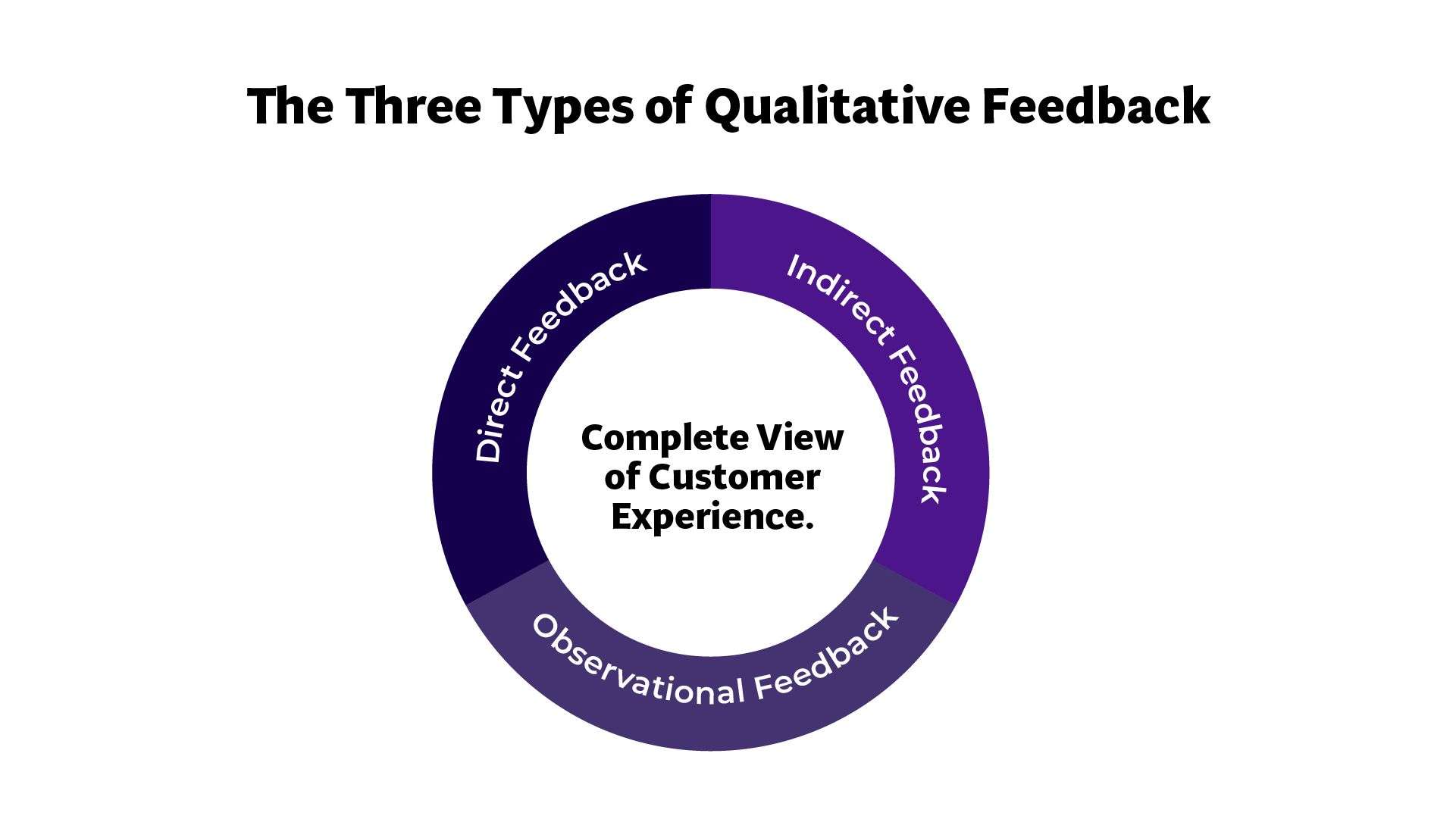
- Introduction to Data-Driven TV Shows
- Role of Data in Content Development
- Audience Insights and Patterns
- Applying Data to Develop Scripts
- Predicting Success with TV Shows Based on Data
- Data-Backed Casting Decisions
- Quantitative Analysis of Viewer Ratings and Feedback
- Promotion and Marketing Using Data
- Enhancing Retention of Viewers Using Data
- Conclusion
Introduction to Data-Driven TV Shows
Data has become the prime factor in making TV shows in today’s entertainment industry. Data-based TV shows are produced, marketed, and sold based on extensive consumer behavior, preferences, and trends. Streaming services such as Netflix, Amazon Prime, and Disney+ utilize data analytics to see how their audience breaks down demographically, what they prefer to watch, and their viewing habits. By examining this data, studios can make informed choices regarding storylines, casting, and even the perfect length of an episode. Data Science Training equips professionals with skills to analyze customer data effectively, enabling the creation of personalized and targeted content. This approach enhances audience engagement and improves retention rates. This data-driven methodology has revolutionized TV production into a more strategic and audience-centered process. This data-driven approach not only helps in content creation but also plays a significant role in marketing and distribution. By analyzing audience behavior, streaming platforms can target specific segments with personalized recommendations and tailored promotions. This ensures that the right content reaches the right viewers, increasing the chances of higher viewership and subscriber retention. Additionally, studios can use data to predict the success of a show before its release, making it easier to allocate resources effectively and reduce financial risks. The combination of data analytics and audience insights has thus reshaped the entertainment industry, making TV production a more precise, efficient, and viewer-centered process.
Eager to Acquire Your Data Science Certification? View The Data Science Course Offered By ACTE Right Now!
Role of Data in Content Development
- Data is revolutionizing content development, from idea generation to production. Historical data analysis by production companies helps them recognize trending genres, topics, and character profiles that work for audiences.
- Sentiment analysis using Generative AI aids writers and producers in knowing how elements of the plot make people go emotional. Data, for instance, can help determine that the audience likes having cliffhangers as endings and will accordingly create episodes.
- Also, viewership heatmaps illustrate which scenes the audience rewatches or skips and thus can enable creators to correct pacing and deliver content. Based on data, TV shows can be made to achieve maximum user satisfaction and participation.
Audience Insights and Patterns
Streaming services gather enormous data on what people watch, like, and are. Studios understand audience behavior better through metrics like watch time, pause rate, and rewatches. For example, platforms can tell if audiences enjoy fast-paced thrillers or slow-burning dramas, allowing them to order shows that fit audience preferences. Data Cleaning in demographic information is essential, as it ensures accuracy when using statistics to uncover which age ranges enjoy particular genres—insights that can inform content development. With this information, TV networks and streaming platforms can better program, enhancing audience satisfaction.

Applying Data to Develop Scripts
- Data science Training is empowering professionals to leverage data analysis, which is revolutionizing scriptwriting and story development. By analyzing viewer preferences, platforms can choose the best script format, pacing, and character arcs.
- For instance, if statistics reveal that viewers like powerful female protagonists or multi-faceted anti-heroes, writers will make these characters the center of their writing.
- Natural Language Processing (NLP) technology reads reviews and comments by viewers to discover favorite lines or unpopular plot turns.
- Writers then use this information to modify the script. Through repeated modification cycles, TV shows stay in tune with popular demands and are always up-to-date.
Predicting Success with TV Shows Based on Data
Data-based models can precisely predict the potential success of television shows before production starts. Studios can predict how well a show will perform by analyzing generic popularity, audience trends, and past ratings. Netflix employs machine learning algorithms to determine if a script or pilot episode will be successful. The predictive models consider actor popularity, plot novelty, and target market variables. Studios may invest in shows with a greater chance of success, decreasing financial risks while maximizing ROI.
Excited to Obtaining Your Data Science Certificate? View The Data Science Training Offered By ACTE Right Now!
Data-Backed Casting Decisions
Casting determines a show’s popularity to some extent, and data increasingly determines casting decisions. Studios employ sentiment analysis from viewers and social trends to determine popular actors. Data indicate which artists draw in the most viewers and increase engagement. For instance, if metrics derived from Subjects in Data Science indicate that a particular actor’s previous shows had higher retention rates, they are more likely to be cast. Data-backed casting also considers demographic preferences, ensuring actors appeal to the target audience. This strategic approach increases the show’s chances of commercial success.
Interested in Pursuing Data Science Master’s Program? Enroll For Data Science Master Course Today!
Quantitative Analysis of Viewer Ratings and Feedback
- TV networks and streaming platforms interpret viewer ratings and feedback using data analytics.
- Sentiment analysis software reviews online reviews, comments, and social media conversations to gauge audience sentiment. Sites monitor live ratings and drop-off points to determine where audiences disengage.
- For instance, if statistics indicate a dramatic loss of viewers during the middle of a season, producers can revamp upcoming episodes to enhance pacing or plot cohesion.
- Through ongoing feedback analysis, studios can streamline content, making it conform to audience taste.

Data-Driven Marketing and Promotion
Data-driven marketing improves TV show promotion and viewership. Platforms examine viewers’ data to produce targeted recommendations and ads. AI algorithms are employed by platforms to recommend shows based on past viewing history, increasing engagement. A/B testing optimizes promotional material, including trailers and posters. Studios optimize their marketing campaigns by determining which variations get more clicks or shares. Further, geo-targeted marketing employs location data to drive region-specific content, enhancing promotion efficiency.
Preparing for a Data Science Job Interview? Check Out Our Blog on Data Science Interview Questions & Answer
Enhancing Retention of Viewers Using Data
- Retention of viewers is essential to the success of television programs, and metrics allow platforms to determine what drives retention.
- Through patterns of watching, platforms leveraging Data Science Importance in Tech Industry identify what programming maintains viewers’ attention.
- For example, if metrics indicate that cliffhangers and plot twists increase retention, writers include those strategies in more episodes.
- Predictive analytics also allow platforms to suggest related programming, sustaining viewers’ interest.
- Insights based on data enable streaming services to drop episodes at the correct times, increasing viewership and retention.
Conclusion
Analytics-based television shows represent the future of entertainment, where data plays a central role in shaping every aspect of production. By utilizing advanced data analytics, studios can influence content creation, refine marketing strategies, and significantly improve viewer engagement. These data-driven insights enable creators to understand their audience’s preferences, behaviors, and viewing patterns, allowing them to develop content that is more relevant, appealing, and resonant with viewers. Through the careful analysis of consumer feedback, viewing trends, and demographic information, studios can fine-tune elements such as storylines, characters, and episode lengths to ensure that the final product meets the expectations of its target audience. This results in improved ratings, greater viewer satisfaction, and ultimately, more loyal viewers who are likely to return for future seasons, thanks to the strategic application of Data Science Training. In addition to content creation, data analytics also plays a critical role in marketing, allowing streaming platforms and networks to target potential viewers with more personalized and effective campaigns. By delivering the right content to the right audience at the right time, platforms can maximize engagement and optimize subscriber growth. The ability to predict viewer preferences before content is even released enables studios to make smarter decisions, reduce risks, and increase the likelihood of success.


